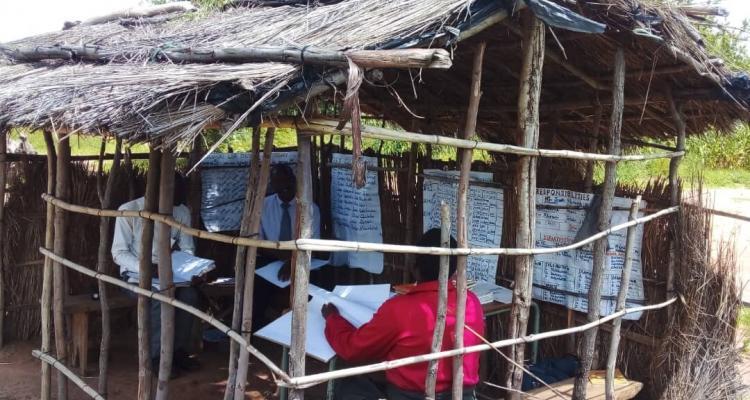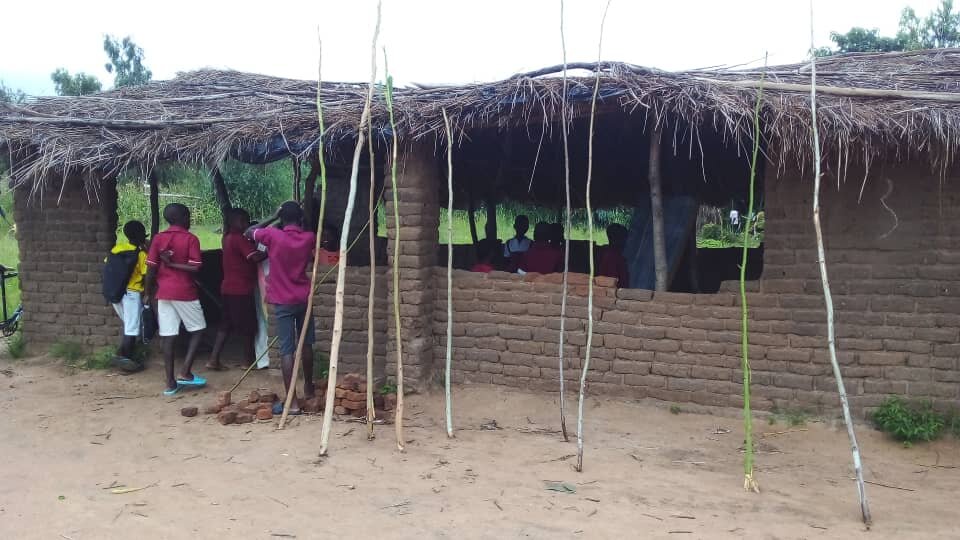
“Teachers are the only human being who celebrates when other person’s children succeed in life. It’s only a teacher who can miss a good sleep thinking on how he or she can do to help someone else’s son or daughter to do well in life” unknown author.
Like all other professions, a school is a workplace for teachers and a specific working environment for teachers affect how much individual attention teachers can give to students. It is said by some researchers that the working environment for teachers range from mere intrinsic benefits of teaching, working conditions, which are shaped by factors such as salary range, compensation, bonuses and rewards, working time, staff student ratios, good school leadership, infrastructure and facilities all influence teacher’s satisfaction with the workplace, their tasks and the nature of their job as well as teacher’s ability to do their work well and engage with students.
There is much research on the teacher working conditions and a good number of them agree that quality teaching and learning is determined not only by the quality of teachers, but also by the environment in which teachers work. It is an agreed fact that working environment for the teaching job in most public secondary schools in Malawi is unattractive due to uncompetitive salaries, high workload and poor infrastructures.
Ironically, in a bid to improve and maintain national education standards (NES) for public secondary schools in Malawi, ministry of education came up with code of conduct for secondary school teachers to adhere to. This is a clear indication that teachers are at the hub of the dream to improve national education standards. The question, therefore remains, what is the responsibility of the employer on the teacher who is the hub of National Educational Standards (NES).

It is the interest of this writeup to focus on the responsibility of the employer (government through ministry of education) as stated in the Teacher’s Code of Conduct of January 2022 mainly focusing on the school infrastructure. To do this, it is noteworthy to remind ourselves of Section 4(1)(c) of the Education Act which empowers the Minister of education to mobilise and allocate resources for secondary schools. Interestingly, policymakers deliberately use fragmented or piecemeal approach to investing in education infrastructure as witnessed in the below photos of various school blocks in Malawi which indicate how dire the working environment teachers are subjected to:
It is argued that positive teaching working environment is critical for workplace and culture and the employee experience. It influences everything from stress levels and mental wellbeing to productivity and performance. When you think of work environment is a space that promotes employee wellbeing, productivity and growth. In short, a good working environment is a space that encourages people to perform at their best. That’s because creating a space where employees feel happy and inspired naturally leads to a more lively and collaborative workforce who are motivated to achieve their personal and professional goals. In most secondary schools, teacher’s use students’ desks and class chairs as their office equipment as the picture below indicates yet according to the code of conduct, they are supposed to prepare lesson plans, mark students work and more importantly relax while thinking about the methodologies to apply in the next lesson.

In 2018, the Civil Society Education Coalition (CSEC) carried a research that concluded that a good number of secondary schools are in bad state, the director of the said society was quoted saying
“I am very saddened about the situation this institute which is not worthy to be called a school, how can a school operate with no teaching and learning materials, no head teacher’s office and no school blocks yet our government is there and allocating billions to other sectors leaving education sector behind”
Some research have indicated that good classroom blocks, teacher’s offices, laboratories and equipment are crucial elements of learning and teaching in secondary schools. There is strong evidence that high-quality infrastructure facilitates better instruction, improves student outcomes, and reduces dropout rates, among other benefits.
It therefore not surprising as stated by a research by the Action Aid to see more parents sending their children to private institutions as one of the attractive factors being school infrastructures. The research went further to recommend the ministry of education to allocate sufficient resources and more importantly investing in infrastructure and teaching environment.
In conclusion, it is observed that results of Malawi School Certificate or Education (MSCE) examinations indicate a huge gap between best and performing schools, attributing to the poor infrastructures in most government secondary schools. Based on the responsibilities of the employer which is to provide a conducive working environment, it can therefore be concluded that ministry of education has failed immensely fulfilling that obligation.














